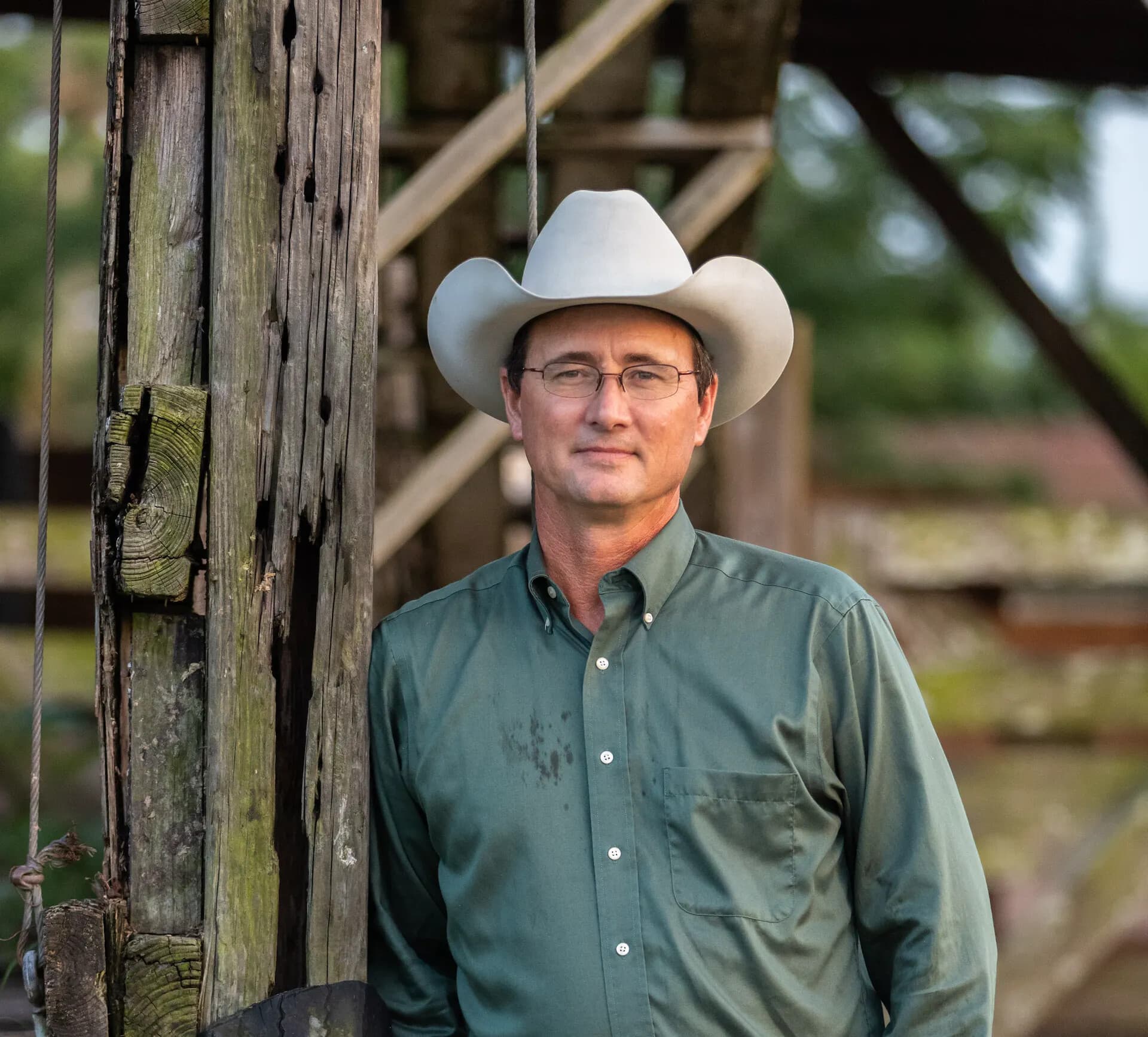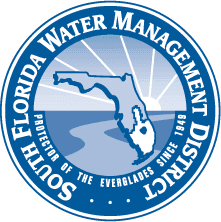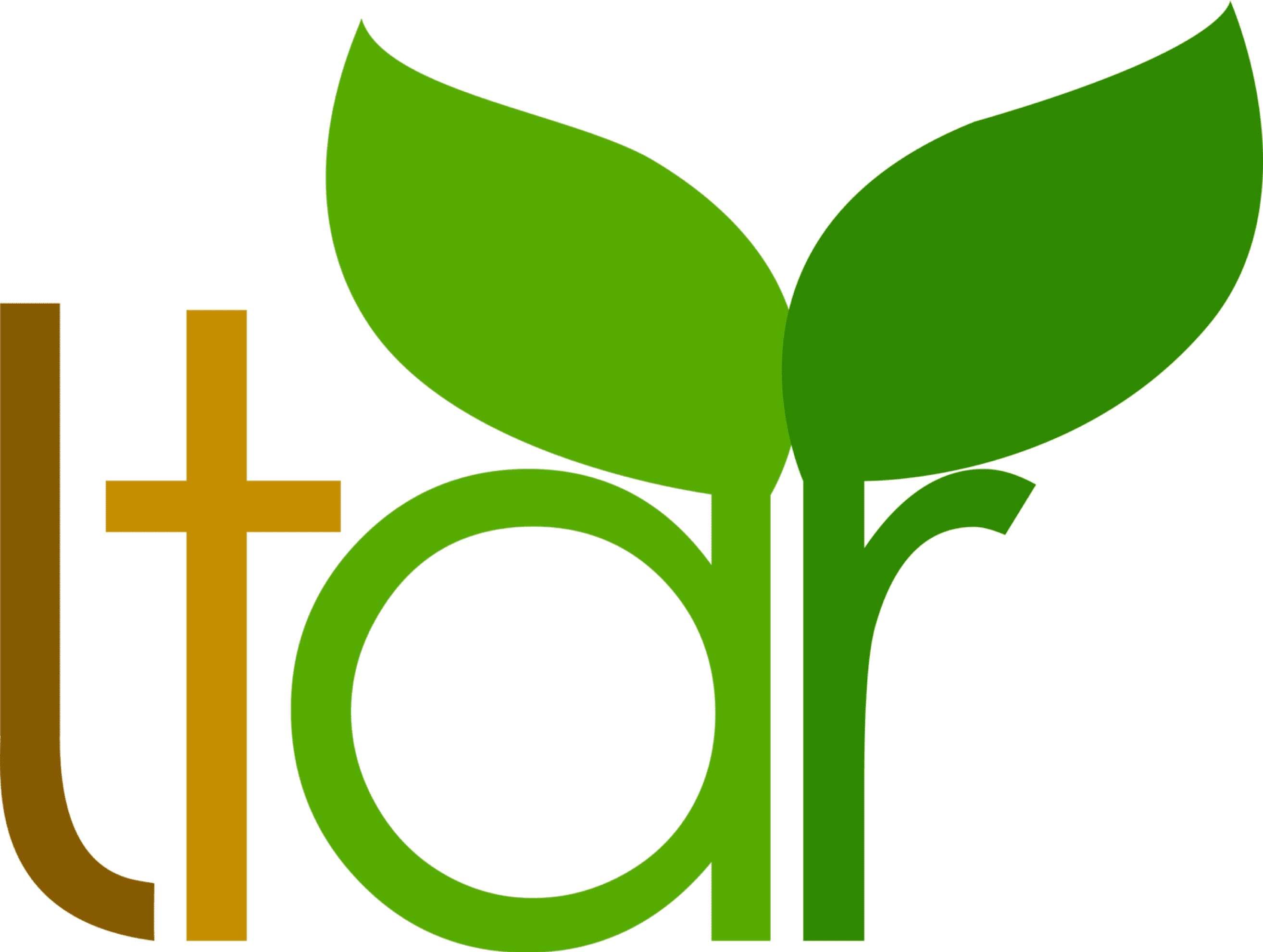
Harvesting nutrients
Assessing feasibility of pumping nutrient-rich water from C-41 canal to irrigate forage grasses in an abandoned citrus grove and track nutrient removal via harvested forage.
Many of Florida’s freshwater ecosystems such as the Everglades evolved with extremely low levels of P in surface lands and waters. Most native plants are not able to take up ‘excess phosphorus’ delivered from fertilizer. In contrast, some algae and several invasive plant species can grow fast under high P conditions, and then take over, affecting natural ecosystems and human health. Ranchlands make up 1 million acres of the 2.6 million-acre headwaters of the Everglades, the lands and waters that drain south into Lake Okeechobee. Even though nutrient loads from cattle pastures are low relative to other land uses (on a per acre basis) the large acreage of ranches in the watershed make them a significant part to the overall nutrient loads at the landscape scale. Therefore, ranches have been a focus for improved P control strategies. Since 2017, we have been investigating a forage harvest nutrient removal project in one of our Northern Everglades Payment for Environmental Services (NE-PES) projects. Water is pumped into a fallow field (formerly a citrus grove) from the Harney Pond Canal (C-41 Canal). This project is a flow through system where water is used to irrigate and grow forage grasses such as Limpo Grass. The idea behind the project is that grass growth will take up P, incorporate it into plant tissue which is harvested and baled as feed for cows.
Major Findings & Impact
After four harvests (2018, 2019, 2021, 2022), over 2,000 tons of forage grass was harvested from the 180-acre field, containing almost 12,769 pounds of phosphorus. Because we are now harvesting some of our own forage, we import less supplemental winter feed, which is another significant source of P inputs into the ranch.
Project Details
More about this project
Data and Analysis Types
Forage production harvest and quality (N, P), Soil carbon and nutrients, Water quality, stage and quantity pumped in/out of 188 acre project area (aka ‘Grove’), Plant composition
Primary Location(s)
Buck Island Ranch
Years Active
2017 - Present
.jpg&w=3840&q=75)



